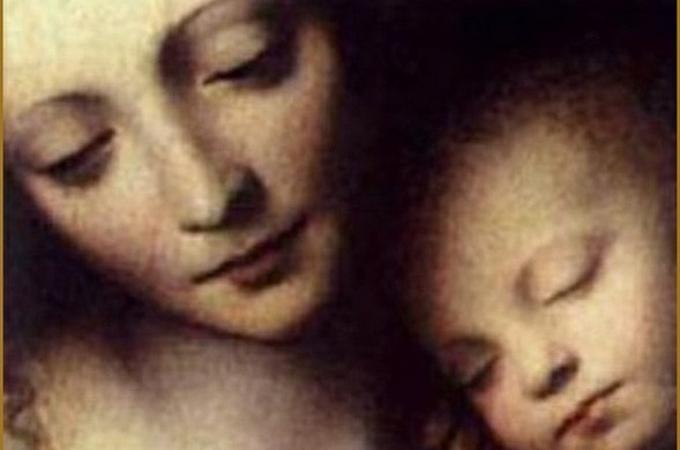Mary, the Mother of God
Christmas cards abound with the picture of Mary holding the Christ child. It is one of the most endearing images seen repeatedly during the Christmas season. Some of the most famous paintings of Mary with the baby Jesus are presented in the 2017 calendar issued by the Basilica of the National Shrine of the Immaculate Conception in Washington.
On Jan. 1, we celebrate Mary's divine motherhood. A beautiful rendition of Mary with her child, painted by Giuseppe Chiara (1654-1727) is depicted in that calendar, alongside a lovely prayer entitled, "Entrusting the Church to Mary, Mother of God." Implied is the theme that Mary is not only the mother of Jesus Christ, but also the mother of his Church.
This title, "Mother of God," has often been challenged down through the ages, and the Church has always answered these critics with clarity. One of the earliest objections came from the gnostics. Gnosticism is an early heresy that claimed that "matter is evil," an idea borrowed from certain Greek philosophers.
The gnostics contradicted Genesis 1:31, "God looked at everything he had made, and found it very good." They also denied the doctrine of the incarnation, claiming that Christ only appeared to be a man. Since matter is evil, they conjectured, his humanity was merely an illusion.
Another heretical view came in the fifth century from Bishop Nestorius of Constantinople. He denied Mary's title: "Theotokos" (God-bearer), claiming that Mary only carried Christ's human nature in her womb. His theory divided Christ into two separate persons: one human and one divine.
The Church rejected this heresy, declaring that Mary is the Mother of God, not in the sense that she is older than God or that she is the source of God, but rather, in the sense that the person she gave birth to was in fact God incarnate. The second person of the Trinity assumed a human nature from her body. The divine person, Jesus Christ, is truly human because he is bone of her bone, and flesh of her flesh.
These attacks on Mary's divine maternity were all based on Christological heresies. The Catholic Church defined the divinity of Christ in A.D. 325 at the First Council of Nicaea, which produced the first version of the Nicene Creed. We recite this creed at Mass every Sunday: "I believe in one Lord Jesus Christ, the only begotten Son of God, born of the Father before all ages, God from God, Light from Light. ... He came down from heaven, and by the Holy Spirit was incarnate of the Virgin Mary."
Since Mary is the mother of Jesus, she is also the mother of his mystical body on earth. Membership in Christ's mystical body extends beyond the Catholic community. The word "mystical" refers to the mystery that underlies this doctrine. The term "body" when referring to the Church, derives its meaning from an analogy used by St. Paul, who speaking to the Christians at Corinth said: "Now you are Christ's body, and individually parts of it" (1 Cor 12:27).
Mary is the mother of the divine person, Jesus Christ. We have a strong devotion to Mary as our spiritual mother. It is not difficult for people of faith to make the leap of seeing Mary as the mother of Our Lord, to her also being a spiritual mother to all of us. Even though it boggles the mind, we know that God revealed this truth, and we accept it joyfully.
- FATHER CATOIR IS AN AUTHOR, FORMER HOST OF “THE CHRISTOPHERS” TV PROGRAM, AND A CATHOLIC PRIEST FOR OVER 55 YEARS.



















